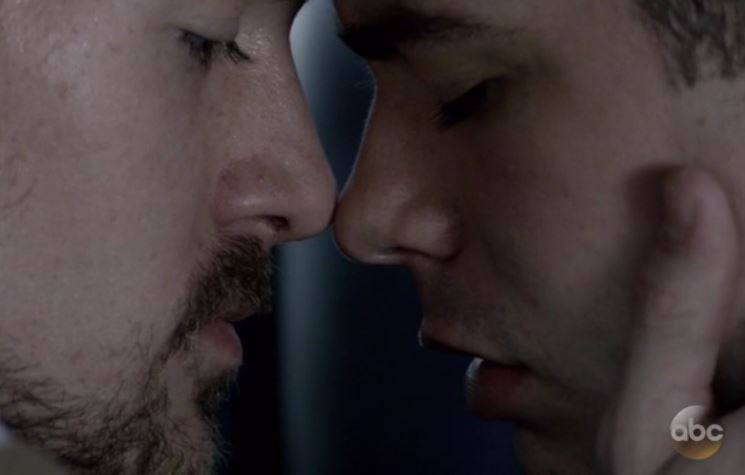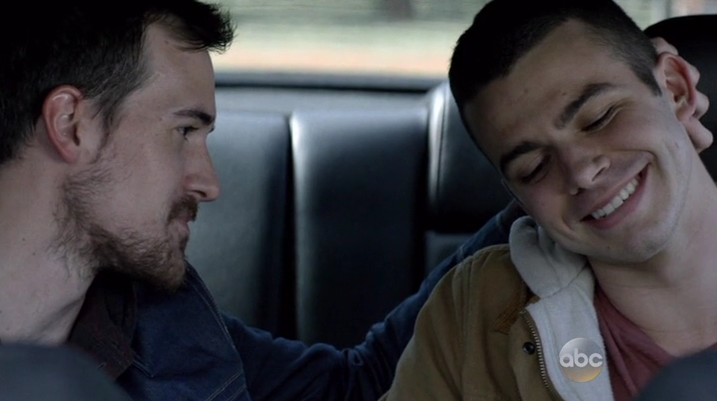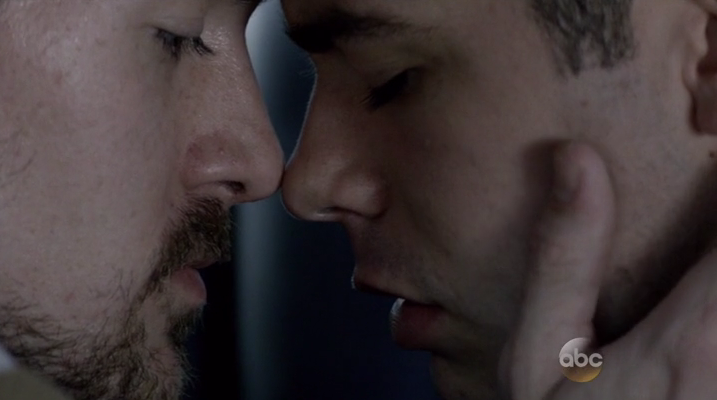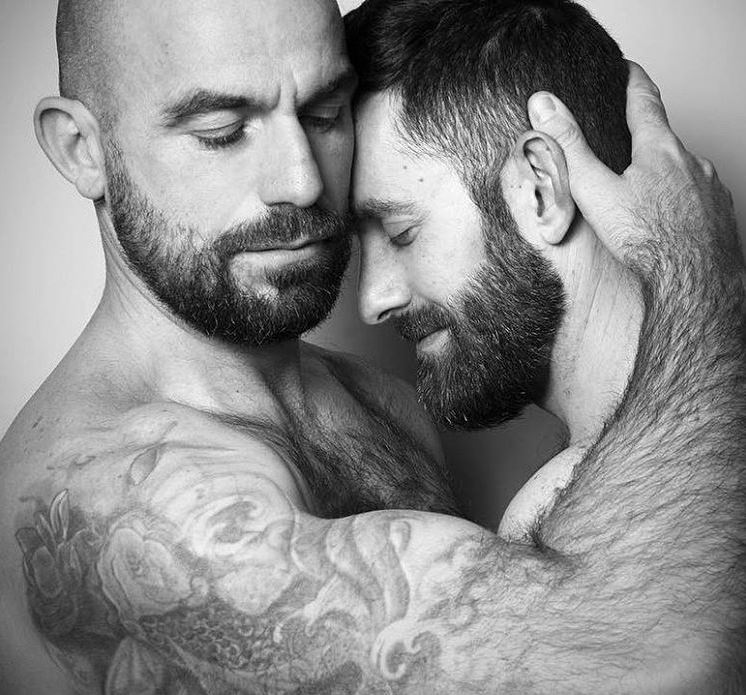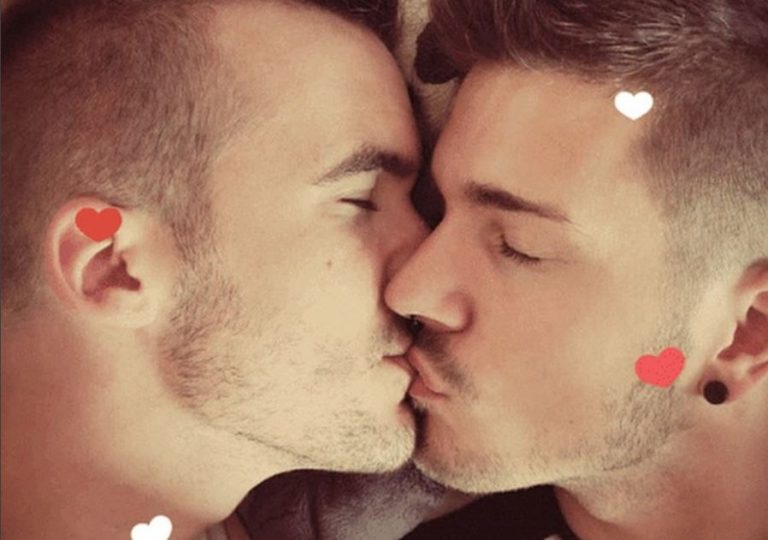The hot new guy at the office may be to die for, but you have to be really careful or you may end up loosing everything
Dear Max,
I recently lost my job as a hotel manager because a really cute guy thought I was being too friendly to him by bragging on him because he was very good at his job.
He was actually great at the front desk. Much better than the last two we had before. I was grateful for that alone.
I also, without thinking at the time, offered him a temporary place to stay when I leased a house. That way he could have a place to sleep so he could do his job better.
No strings or sexual favors were ever mentioned. I did tell him that he and I were soul mates and that we were almost exactly alike in many ways.
I am over 20 years his senior. He is 24.
Wouldn’t a guy like that say something to me before he went to the owner and bitched.
He also tried dating my AGM/DOS (his direct supervisor) when he first got there. A no no within the company. I told him he’d lose his job if they did.
Was I wrong being nice to an employee? I compliment all guys and girls that do well. I do not give out empty compliments just for pleasure.
I now have a short time to get a new job or lose all. What now and how do I cope?
-Lefty
Related: I’m in Love With a Co-Worker
Dear Lefty,
You can either cry and feel sorry for yourself or learn from your mistakes and become a better you. Personally, I like the second choice.
We all make mistakes and we all think the world is going to end when something like this happens. But the truth is life goes on.
No matter how tough you think it is right now, it will get better. You learned that you can’t be too friendly with people that you work with.
So next time, just keep it professional and just give compliments to your friends or people out of work.
What now? well, you need to find a job and pay your bills. So start searching for jobs anywhere you can.
The internet is always a good place to look. Some websites like Monster and Jobscan are very helpful.
Meanwhile, you can do some temp work to get some extra money until you find a permanent job.
How do you cope? just look forward. Move on with your life. That was then, this is now.
Make new goals and write down the steps you need to follow to reach those goals.
You only live once so enjoy life to the fullest.
Good luck!
Related: How to Kick-Start Your New Life




